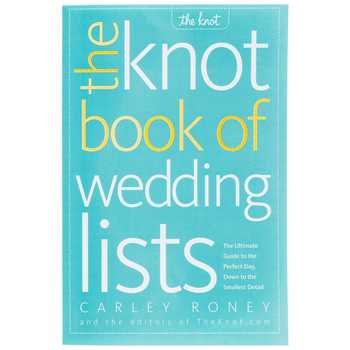A few weeks ago, I finished reading Stephanie Coontz’s Marriage, a History: From Obedience to Intimacy, or How Love Conquered Marriage, but I’ve delayed writing about it as a Sunday’s Good Book post. The trouble was, although Coontz wrote an interesting book, it wasn’t the book I was looking for on the history of marriage.
When Coontz charts marriage’s evolution, she does so primarily through the lens of economic and social pressures. She takes a long-distance, outsider view of these shifts explaining that
“In England between 1500 and 1700 the median age of first marriage for women was twenty-six, which is higher than the median age of marriage for American women at any point during the twentieth century.”
was due to the fact that persons entering into a marriage at that time in England were expected to be economically self-sufficient, so both partners had to work for a long time to be stable enough to marry. This genealogy of this prerequisite had already been addressed earlier in the book: when couples didn’t found a new household, separate from their parents, family ties were closer and clanlike, threatening the power of civil authorities, so laws changed to incentivize independence.
This was good to know, but I still felt like I was reading the wrong book. I wanted a history of the rhetoric of marriage. Even if these changes were driven by economic concerns, how did people of the time rationalize them? Did they recognize the shifts as significant while they were occurring? What arguments were mustered on either side? (Another disappointment, particular to this blog, there was little to no discussion of the theology of marriage. Christianity dropped out of the history early).
So, ultimately, this wasn’t the book I was looking for. If any of you have spotted histories of the rhetoric and/or theology of marriage, suggestions are very much appreciated. Since this book didn’t give me something to riff on, I’m throwing up a few quotes (and one methodology nitpick) below.
“Economists Betsey Stevenson and Justin Wolfers found that in states that adopted unilateral divorce, this was followed, on average, by a 20 percent reduction in the number of married women committing suicide, as well as an average drop in domestic violence for both men and women.”
Ok, here comes the nitpick. I was gearing up to be teed off about the methodology of the study in the last quote, since, as Coontz describes it, the researchers found a lower rate of spousal murder as well as a decrease in the number of married women committed suicide after states allowed no-fault divorce. The trouble is, those are the wrong variables to track. How could you tell whether the drop was the result of fewer women being driven to suicide or suicidal women taking the new option to divorce and falling out of your sampling frame?
Luckily, I was able to find the Stevenson and Wolfers paper and it turns out Coontz misrepresented their methodology. They did track suicides in the entire female population and found a significant decrease, so these data aren’t just an artifact of women moving between categories. The paper is interesting and might give pause to some opponents of no-fault divorce (though, in an even nittier pick, I wish this had been a difference in difference analysis, instead of regression). Hurrah for researchers who take advantage of natural experiments!
Ok, the other two quotes are presented without commentary.
“To prepare female students for their future as wives and mothers, the head of marriage and family life courses at the University of Illinois in 1947 exempted them from doing a term paper if they did six hours of babysitting during the term.”
“A man in a bad marriage still gets some health benefits compared with single men, because even a miserable wife tends to feed her husband more vegetables, schedule his medical checkups, and shoulder much of the housework and the emotional work that makes life function smoothly.”













